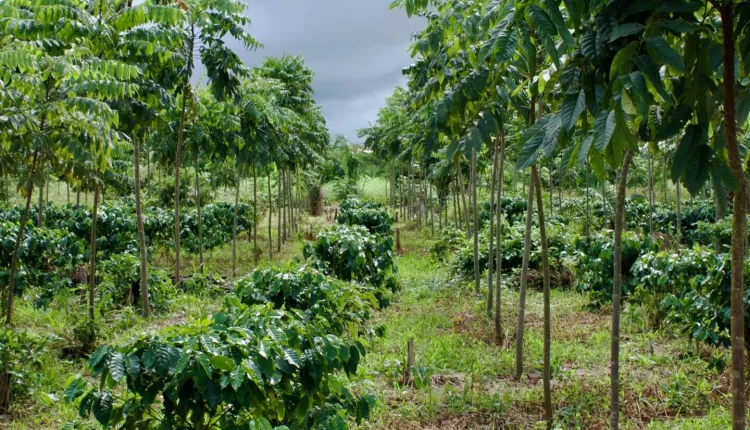Dynamic agroforestry is a sustainable form of land use that integrates different types of trees and crops.
It promotes the production of numerous tree species alongside cocoa, unlike traditional cocoa farming, which frequently entails monoculture plantations.
This builds a stable and resilient environment. Shade from trees reduces climate change, prevents soil erosion, encourages biodiversity, increases soil fertility, and acts as a carbon sink.
Ghana’s cocoa business is being threatened by the changing environment. Cocoa production is stressed by rising temperatures, erratic rainfall patterns, and pests and diseases.
By providing shade, controlling microclimates, and shielding cocoa plants from extreme weather events, dynamic agroforestry promotes climate resilience.
Agroforestry systems‘ increased tree cover also aids in carbon sequestration, which reduces greenhouse gas emissions and fights climate change.
Dynamic agroforestry can benefit Ghana’s cocoa producers economically and environmentally. Farmers can access additional income streams, such as fruits, legumes, and medicinal plants (ginger, turmeric, and vanilla) by diversifying tree species and crops in their fields.
During the cocoa off-season, these varied crops can augment income, lowering price changes and enhancing their livelihood.
Dynamic agroforestry has potential, but it is difficult to implement. To switch from conventional cocoa cultivation practices, farmers might need technical assistance and training.
Financial resources, suitable tree species, and quality seeds can all pose limitations. To encourage farmers to use these techniques, it is also necessary to increase market demand for sustainably produced agroforestry cocoa and certification for it.
Collaborations between government organizations, cocoa businesses, non-profit organizations, and research institutions are essential for overcoming these obstacles.
The development of strong supply chains for sustainably produced chocolate and access to financing might encourage dynamic agroforestry practices.
Dynamic agroforestry appears as a possible alternative as Ghana looks to safeguard its cocoa business’s long-term viability.
By promoting biodiversity, climatic adaptability, carbon sequestration, and financial gains.
- Is Dynamic Agroforestry the Future of Ghana Cocoa? - July 5, 2023
